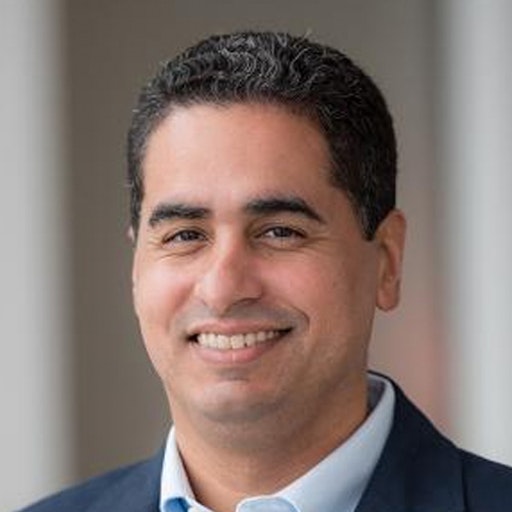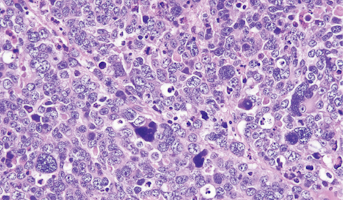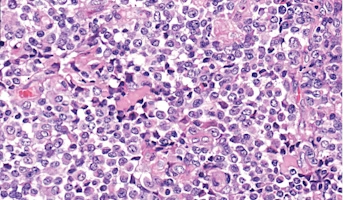Aaron Diaz
San Francisco, CA USA
UCSF Benioff Children's Hospital

About
Assistant Professor, Department of Neurological Surgery
University of California, San Francisco
Cancer Biology & Cell Signaling
Developmental & Stem Cell Biology

UCSF Benioff Children's Hospital
scientific
Projects

Specimen
Ongoing
Project Hope: High-Grade Glioma-Omics in Pediatric and AYA
High grade gliomas can affect patients of all ages, and cross-age group analysis could lead to advancements in care for all populations. Using samples and data provided by the Children’s Brain Tumor Atlas, researchers supported by the NCI seek to improve outcomes for patients experiencing these tumors.
HGG

Adam Resnick

Data
Ongoing
Landscape of Tumor-infiltrating T cell Repertoire of Pediatric Brain Tumors
Understanding the incidence and classification of T cell receptors of pediatric brain tumors is necessary to develop new therapies. Using data from the Pediatric Brain Tumor Atlas, researchers seek to better understand the tumor cellular immune system.
All Brain Tumor Types

Gary Kohanbash

Specimen
Ongoing
Oncolytic Virus to Potentiate Immune-checkpoint Blockade in Immunologically Cold Pediatric Brain Tumors
The use of an oncolytic virus refers to the use of a virus to stimulate immune response in a tumor. Researchers will utilize carefully catalogued samples provided by the Children’s Brain Tumor Network to further explore the use of oncolytic viruses in the treatment of pediatric brain cancers.
Medulloblastoma

Aaron Diaz
research
Interests

Medulloblastoma
Medulloblastomas comprises the vast majority of pediatric embryonal tumors and by definition arise in the posterior fossa, where they constitute approximately 40% of all posterior fossa tumors. Other forms of embryonal tumors each make up 2% or less of all childhood brain tumors.The clinical feature

Atypical Teratoid/Rhabdoid Tumor
Central nervous system (CNS) atypical teratoid/rhabdoid tumor (AT/RT) is a very rare, fast-growing tumor of the brain and spinal cord. It usually occurs in children aged three years and younger, although it can occur in older children and adults. About half of these tumors form in the cerebellum or